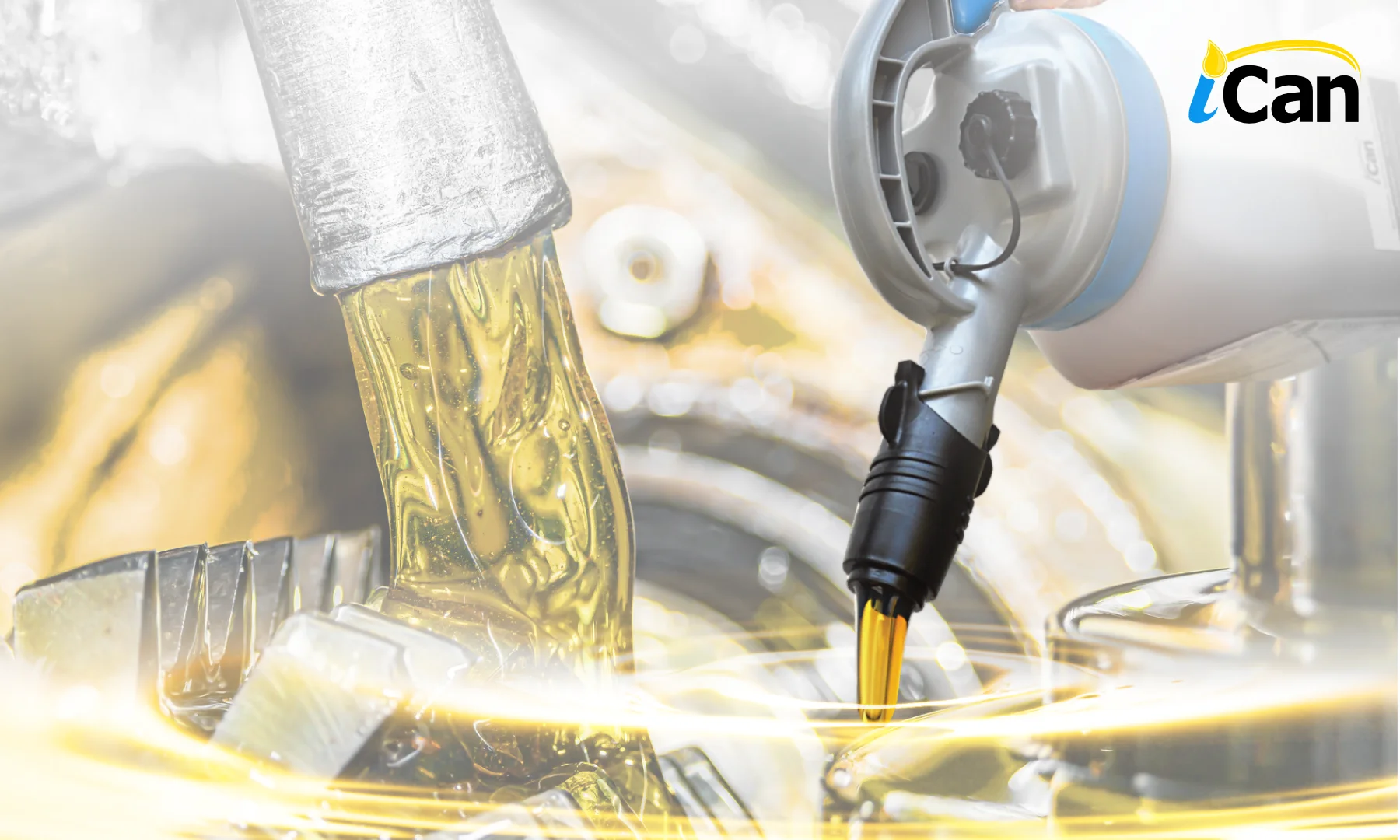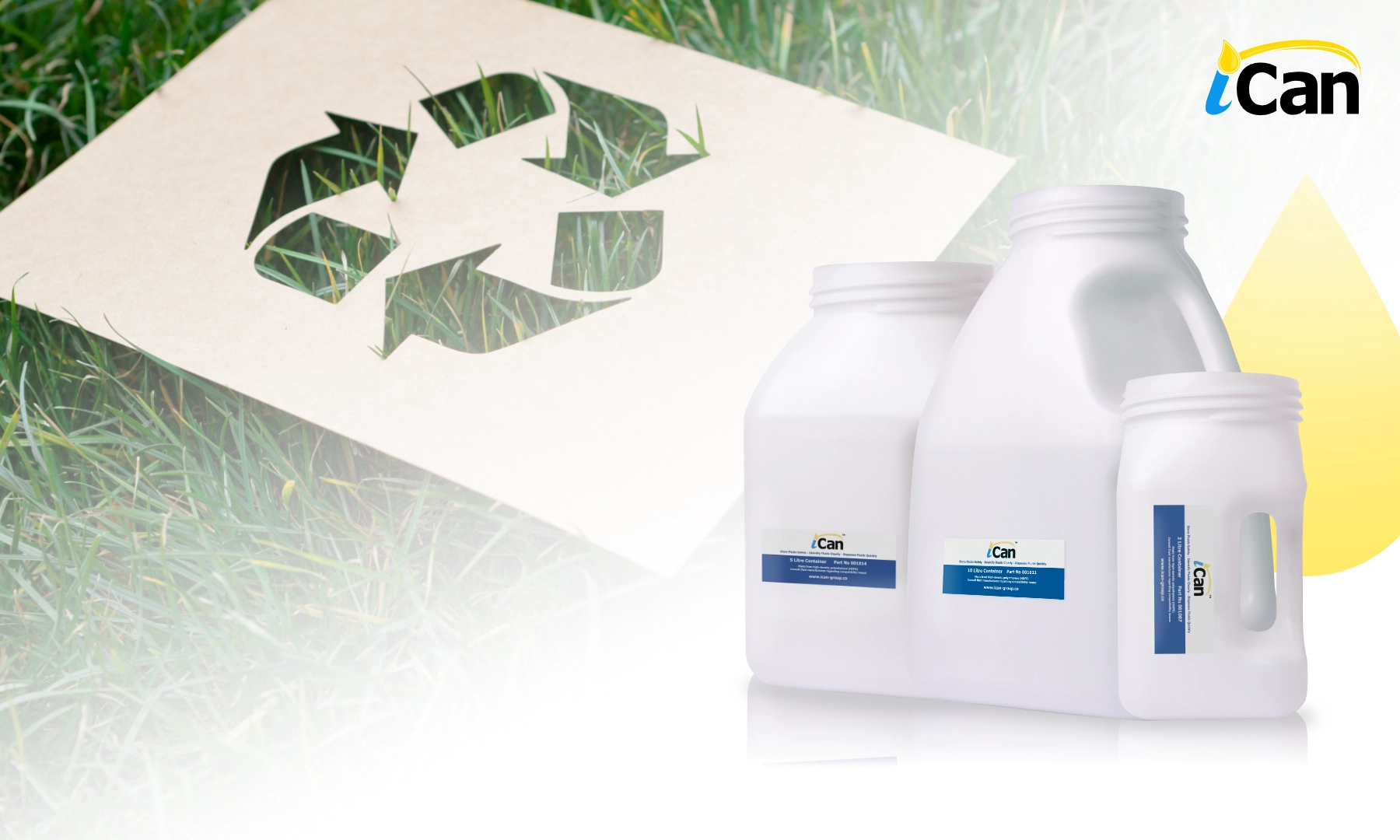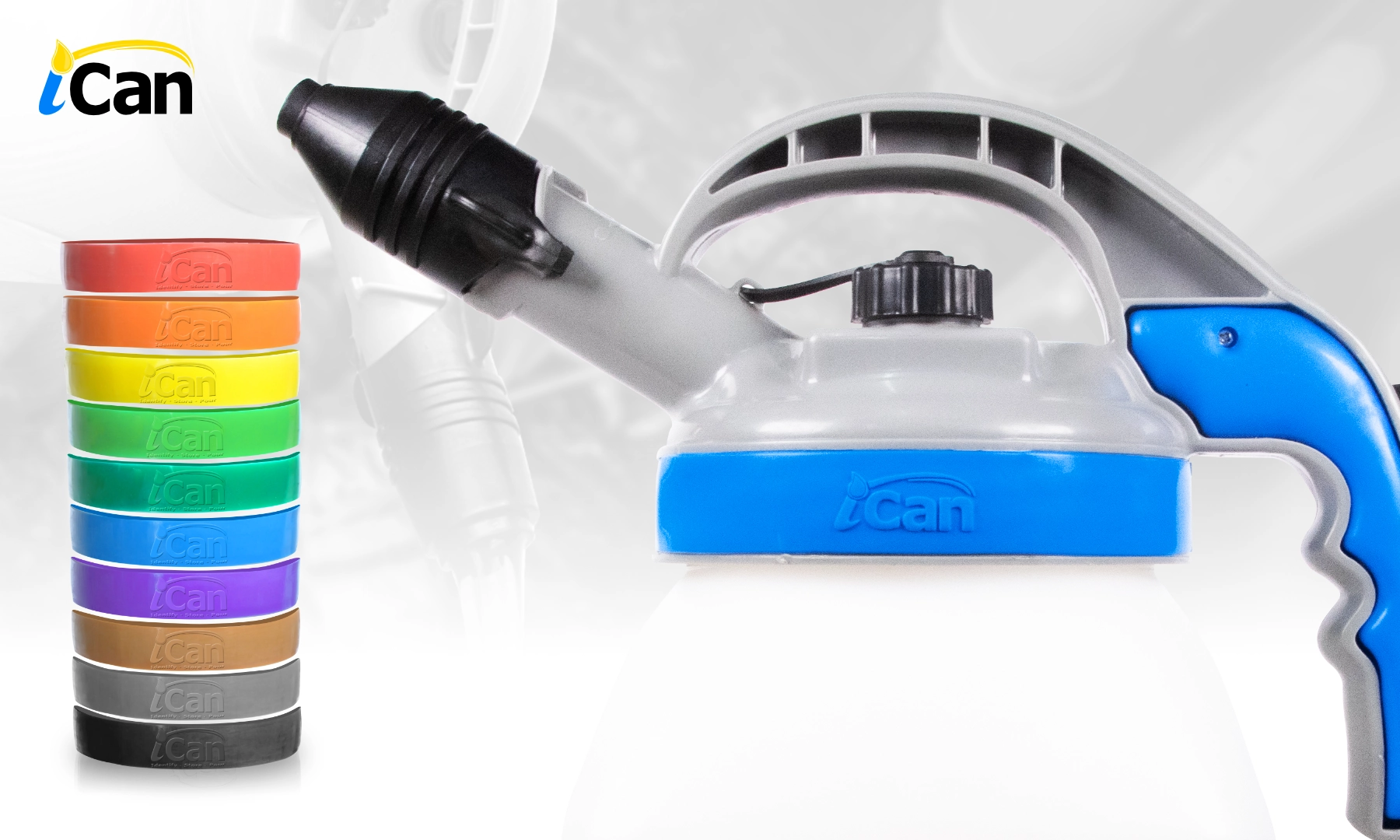HDPE Plastic (High-Density Polyethylene) has become a very popular material in various industries due to its outstanding advantages compared to other materials. In this article, we will explore all aspects of HDPE, from its definition, main characteristics, comparisons with other materials, economic advantages, to its wide applications in the industrial world. Let’s dive deeper and discover why HDPE can be the right choice for various needs!
Introduction to HDPE Plastic
Definition of HDPE
HDPE is a type of plastic known for its high density and strong molecular structure. This material has a dense polymer chain that produces extraordinary mechanical strength. Simply put, HDPE can be described as a plastic that is impact-resistant and highly durable under various conditions.
History and Its Development
The development of HDPE began in the mid-20th century, when scientists started seeking an alternative plastic with better strength than what was available before. Over time, HDPE has undergone various technological innovations that have improved its quality and capabilities. From its initial use in the packaging industry to applications in the automotive and construction sectors, HDPE has experienced significant evolution, making it a highly desired material.
Main Characteristics of HDPE
Strength and Durability
One of the main advantages of HDPE is its high strength. With its dense molecular structure, HDPE is capable of withstanding heavy pressure and loads. This makes it ideal for use in products that require impact resistance, such as bottles, drums, and various types of storage containers.
Resistance to Chemicals
HDPE has excellent resistance to various chemicals, ranging from acids to bases. When compared to some other plastics, HDPE demonstrates superiority in maintaining its structural integrity even when exposed to aggressive chemicals. This is the reason why HDPE is often used in industries that routinely handle chemicals.
Temperature Stability
One of HDPE’s unique properties is its ability to endure a fairly wide temperature range. Although not as effective as some metals in heat conduction, HDPE still exhibits good stability at low and moderate temperatures. However, for applications involving very high temperatures, design adjustments are necessary to ensure the material functions optimally.
Comparison of HDPE with Other Materials
Comparison with PVC Plastic
PVC plastic is commonly used in various applications, but when compared to HDPE, there are several significant differences. PVC is more rigid, but in terms of impact resistance and flexibility, HDPE is often superior. Additionally, HDPE tends to be more environmentally friendly in the recycling process compared to PVC.
Comparison with Polypropylene (PP) Plastic
Polypropylene (PP) is also a popular plastic material, but HDPE offers higher strength and better resistance to chemicals. In situations where safety and durability are priorities, HDPE is often the primary choice due to its consistent performance under various conditions.
Comparison with Metal
Compared to metals, HDPE has the advantage of being much lighter. This makes HDPE easier to transport and process, thereby reducing production costs. Although metals offer high structural strength, using HDPE provides a more economical and flexible solution for various applications.
Comparison with Glass
Glass is known for its transparency and aesthetic appeal, but it is very fragile and easily broken. HDPE, with its impact resistance, offers a clear advantage especially in environments that require durable materials safe from potential breakage. Thus, HDPE is widely chosen for food and beverage packaging where safety is paramount.
Economic Advantages of HDPE
Efficient Production Costs
One of the factors that makes HDPE so attractive is its relatively low production cost. The production process for HDPE is simpler compared to several other materials, resulting in more cost-efficient production on a large scale. With low production costs, HDPE becomes an ideal solution for industries with tight profit margins.
Availability of Raw Materials
HDPE is made from ethylene, which is one of the most common chemicals in the world. The availability of this raw material is not only stable but also affordable. With abundant supplies, the HDPE industry is able to meet global market demands more easily and quickly.
Applications and Uses of HDPE
HDPE is used in various industrial sectors due to its superior properties. Let us look at some interesting examples of HDPE applications.
Packaging Industry
In the packaging industry, HDPE is widely used to manufacture bottles, drums, and other storage containers. Its advantages, such as impact resistance, light weight, and non-fragility, make HDPE the perfect choice for packaging food products, beverages, and chemicals. Just imagine, HDPE allows us to ship products safely without worrying about damage during transit.
Automotive Industry
In the automotive sector, HDPE is often used as part of the interior and exterior components of vehicles. The light weight of HDPE helps reduce the overall weight of the vehicle, which in turn enhances fuel efficiency. Additionally, its resistance to chemicals makes it ideal for use in areas that may be exposed to oil or other corrosive substances.
Construction Industry
In the construction world, HDPE is utilized for the manufacture of pipes, liners, and various other structural elements. Its strength and weather resistance make HDPE highly suitable for outdoor applications. For instance, HDPE pipes used in water installations or sewage systems offer longer durability compared to pipes made from other materials, reducing the need for frequent maintenance.
Conclusion
HDPE is one of the most prominent materials in the modern era due to its undeniable advantages. From its extraordinary strength and durability, efficient production costs, to its environmental benefits through recycling processes, HDPE proves itself to be a very versatile material. Whether used in the packaging, automotive, or construction industries, HDPE is capable of meeting the ever-evolving market demands. Although there are challenges to be addressed, such as waste management and microplastic issues, innovation and technological advancements offer great hope for the future of HDPE. This material is not only a practical solution for everyday needs but also supports global efforts in achieving environmental sustainability.
With the continuous development of technology and increased environmental awareness, HDPE will play an important role in various industrial sectors. So, are you considering a material option for your next project? Consider HDPE as a solution that is not only economical but also environmentally friendly. This choice might be a long-term investment that provides benefits both economically and environmentally.




